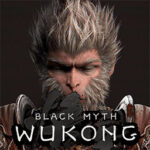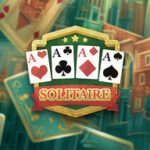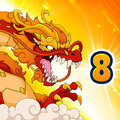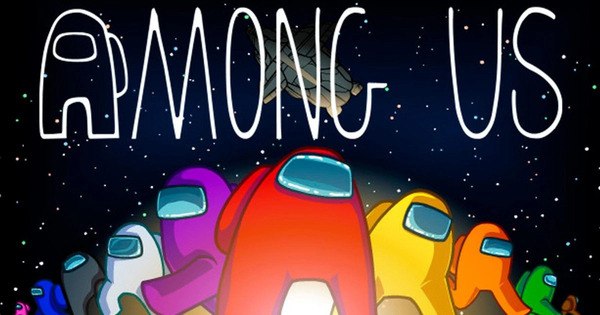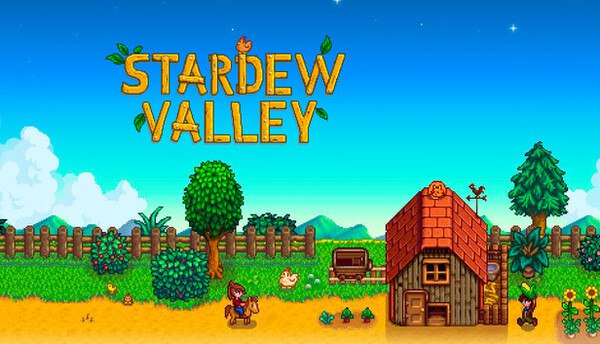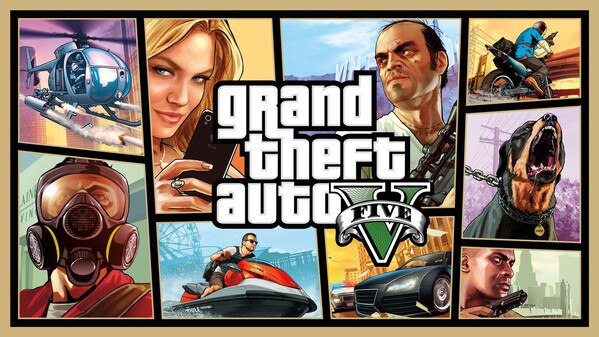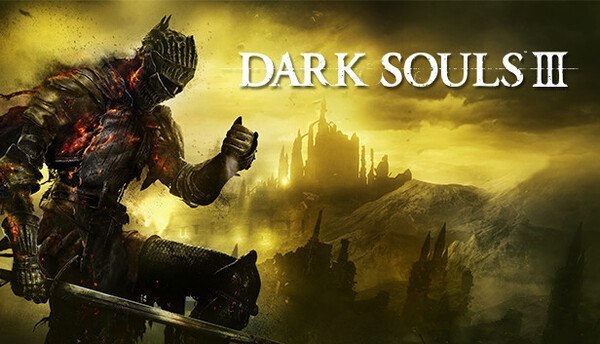1. The Early Spark: Origins and Launch
How It All Began
Candy Crush Saga was launched in April 2012 by the UK-based game development company King. Although the match-three puzzle genre was already popular with games like Bejeweled, Candy Crush brought a refreshing twist. It introduced vibrant visuals, whimsical animations, and a level-based progression system that gave players an engaging reason to return regularly.
Starting as a Facebook game, Candy Crush quickly rose to prominence because of its easy-to-learn mechanics and addictive gameplay loop. Players would swipe to match three or more candies of the same color, which would then disappear in a cascade of colors and satisfying sound effects. Behind the simple design lay a carefully engineered system to maintain player interest through escalating challenges.
King’s Strategic Breakthrough
Before Candy Crush, King was known primarily for casual browser-based games. Candy Crush marked a turning point. By leveraging Facebook’s social features and combining them with psychologically engaging game design, King managed to reach a much broader and more engaged audience. This shift laid the foundation for King’s massive expansion in mobile gaming.
2. Rise to Fame in 2012 and 2013
The Facebook Effect
One of the key reasons for the meteoric rise of Candy Crush Saga was its integration with Facebook. Players could send lives to friends, request help to unlock new stages, and see where their friends were on the map. This competitive yet collaborative dynamic encouraged players to invite others and stay engaged.
Within a year, Candy Crush had over 100 million monthly active users. The game dominated the Facebook gaming charts and became a household name. Friends compared levels, competed for high scores, and turned casual puzzle gaming into a social experience.
The Freemium Model Emerges
Candy Crush was free to download and play, but it monetized through in-app purchases. Players could buy extra moves, lives, or special boosters to help pass difficult levels. This business model, now known as freemium, allowed a wide audience to enjoy the game without paying, while a smaller segment of players generated significant revenue. In 2013 alone, the game reportedly generated over one billion dollars in revenue.
3. Expansion to Mobile Platforms
Going Mobile
After its Facebook success, King expanded Candy Crush Saga to iOS and Android devices. The mobile release was a game changer. It allowed players to continue their progress on the go, tapping into idle moments like commuting, waiting in line, or relaxing at home.
The transition from desktop to mobile was seamless. The game retained all its core features, and the touch-based mechanics were intuitive and satisfying. The mobile app quickly became one of the most downloaded and highest grossing games on both the Apple App Store and Google Play.
Cross-Platform Synchronization
A standout feature was the ability to sync progress across platforms. Players could start a level on their phone and finish it on Facebook or tablet later. This cross-device flexibility encouraged long-term engagement and solidified Candy Crush’s place in players’ daily routines.
4. Evolving Design and Gameplay
Visual and Audio Improvements
From the beginning, Candy Crush boasted a visually engaging design, but over time the game saw significant enhancements. Backgrounds became more animated and interactive, and candy pieces took on a more polished, almost three-dimensional look. Seasonal themes, such as Halloween and Christmas, were introduced to add variety and freshness.
Sound effects also played a crucial role in creating emotional satisfaction. Each match was accompanied by rewarding sounds, and phrases like “Delicious” and “Tasty” added to the sense of accomplishment.
Increasing Gameplay Complexity
What started as a simple match-three puzzle evolved into a diverse puzzle system with various objectives. These included:
-
Clearing all the jelly on the board
-
Dropping ingredients to the bottom
-
Removing chocolate blocks
-
Using specific candies to reach a target score
As new level types were introduced, they provided variety and challenge, keeping the gameplay engaging even after thousands of levels.
5. Worldwide Reach and Localization
Multilingual Accessibility
To become a global success, Candy Crush was localized into more than 20 languages. This included not just direct translation but also cultural adaptations. For instance, certain levels were themed around local holidays or national events in various countries.
Localization allowed King to penetrate markets across Europe, Asia, and South America. It gave the game a familiar feel in different regions and helped maintain its appeal across diverse demographics.
Regional Marketing Strategies
King’s marketing campaigns were customized for local tastes. In Japan, the visuals embraced cute elements inspired by anime culture. In India, King collaborated with local influencers and celebrities to promote the game. Such targeted strategies enhanced brand recognition and increased downloads in specific regions.
6. Monetization and Controversies
Strategic Monetization
The freemium model allowed King to monetize without alienating casual players. While the game could be completed without spending money, it frequently tempted players with purchases. Some popular monetization tactics included:
-
Buying extra moves after failing a level
-
Purchasing powerful boosters like lollipop hammers or color bombs
-
Unlocking levels early without waiting or asking friends
These microtransactions were small but added up over time, especially among dedicated players.
Criticism and Ethical Concerns
Candy Crush Saga faced criticism for its monetization strategies. Common complaints included:
-
Players being encouraged to spend money out of frustration after repeated level failures
-
Levels with random elements creating reliance on luck rather than skill
-
Psychological design tactics, such as countdown timers and streak rewards, fostering compulsive behavior
In response to backlash, King made several adjustments, including offering more free boosters, easier early levels, and ad-based rewards to earn lives or power-ups.
7. Longevity and Ongoing Growth
Constant Content Updates
More than a decade after launch, Candy Crush continues to grow. King releases new levels every week, with the current total surpassing 15,000 levels. Regular updates introduce new features and mini-games, keeping the experience fresh.
Special events like Candy Cup and Season Passes offer exclusive challenges and rewards. Themed episodes based on holidays, seasons, or community goals foster long-term retention.
Community and Social Features
Despite being a mostly single-player game, Candy Crush has a strong community presence. Players share tips, discuss strategies, and create content on YouTube, Reddit, and other platforms. King also runs leaderboard challenges and live events to enhance competition and encourage community participation.
8. Achievements and Milestones
Impressive Numbers
Candy Crush Saga has consistently ranked among the most downloaded and highest-grossing mobile games. Here are some key statistics:
-
Over 3 billion lifetime downloads
-
More than 40 million daily active users (as of 2025)
-
Revenue exceeding one billion dollars in multiple years
These numbers place it among mobile gaming’s most enduring and financially successful titles.
Awards and Spin-offs
The game has won numerous accolades, including Mobile Game of the Year awards and App Store best-of lists. It has also inspired spin-off titles such as:
-
Candy Crush Soda Saga
-
Candy Crush Jelly Saga
-
Candy Crush Friends Saga
These variations introduced new gameplay mechanics while maintaining the core match-three experience.
9. Market Position and Competition
Standing Out in a Crowded Genre
While many games have tried to replicate Candy Crush’s formula, few have matched its impact. The match-three puzzle genre is saturated, but Candy Crush maintains its position through polished design, constant updates, and brand loyalty.
Here is a brief comparison of Candy Crush and similar titles:
| Game | Candy Crush Saga | Bejeweled | Homescapes |
|---|---|---|---|
| Level Count | Over 15,000 | Approximately 500 | About 10,000 |
| Monetization | Freemium model | One-time purchase | Freemium with story |
| Narrative | Light, episodic | Minimal | Heavy, story-driven |
| Social Features | Strong integration | Limited | Moderate |
Candy Crush’s consistency and scale give it a significant edge over most competitors.
10. Future Innovations and Potential Challenges
New Features on the Horizon
King continues to explore innovations to keep Candy Crush relevant. These include:
-
Artificial intelligence to adapt levels to player skill
-
Augmented reality experiences that bring puzzles into real-world environments
-
Team-based cooperative gameplay and real-time tournaments
Such developments could redefine the way casual mobile games are experienced.
Challenges to Continued Success
Despite its dominance, Candy Crush faces several risks:
-
Players may grow tired of the match-three format
-
Regulatory scrutiny could limit the use of microtransactions or randomized rewards
-
Competition from emerging genres like idle games, roguelikes, or real-time multiplayer games may shift audience attention
However, with its vast user base and continued innovation, Candy Crush Saga is well-equipped to adapt.













